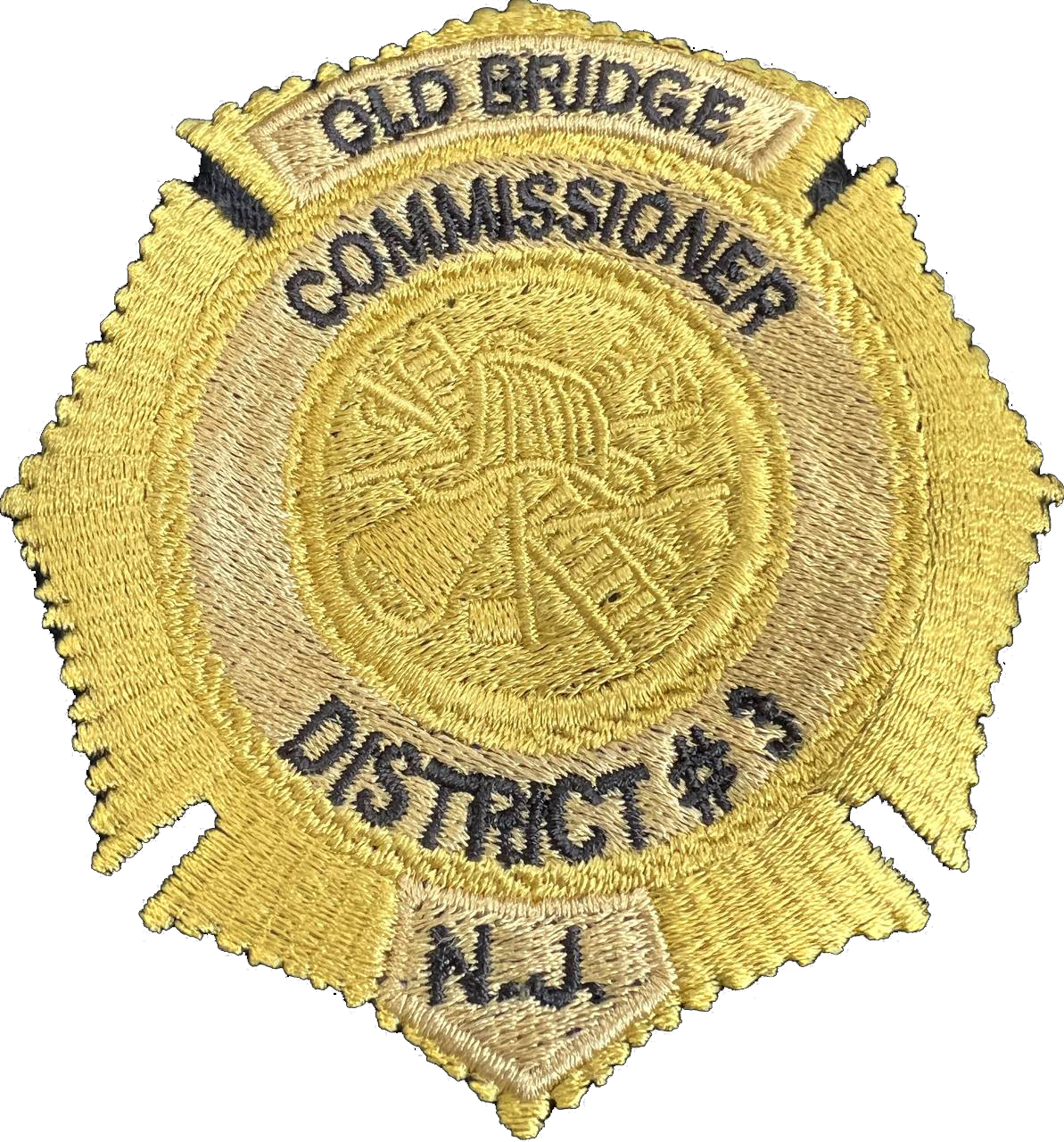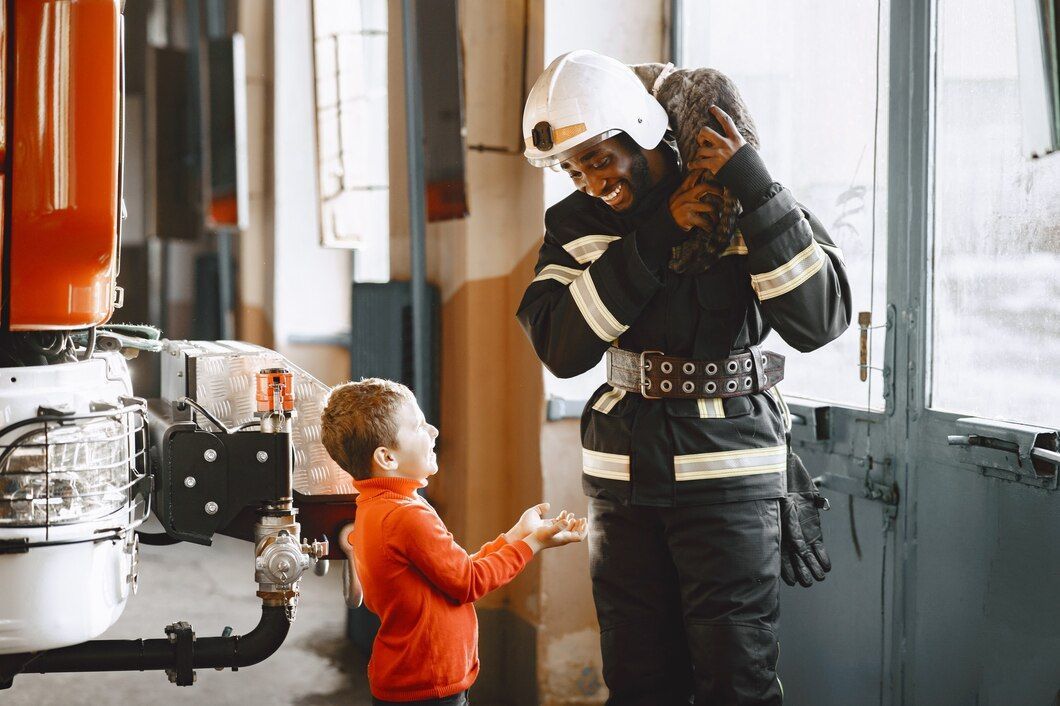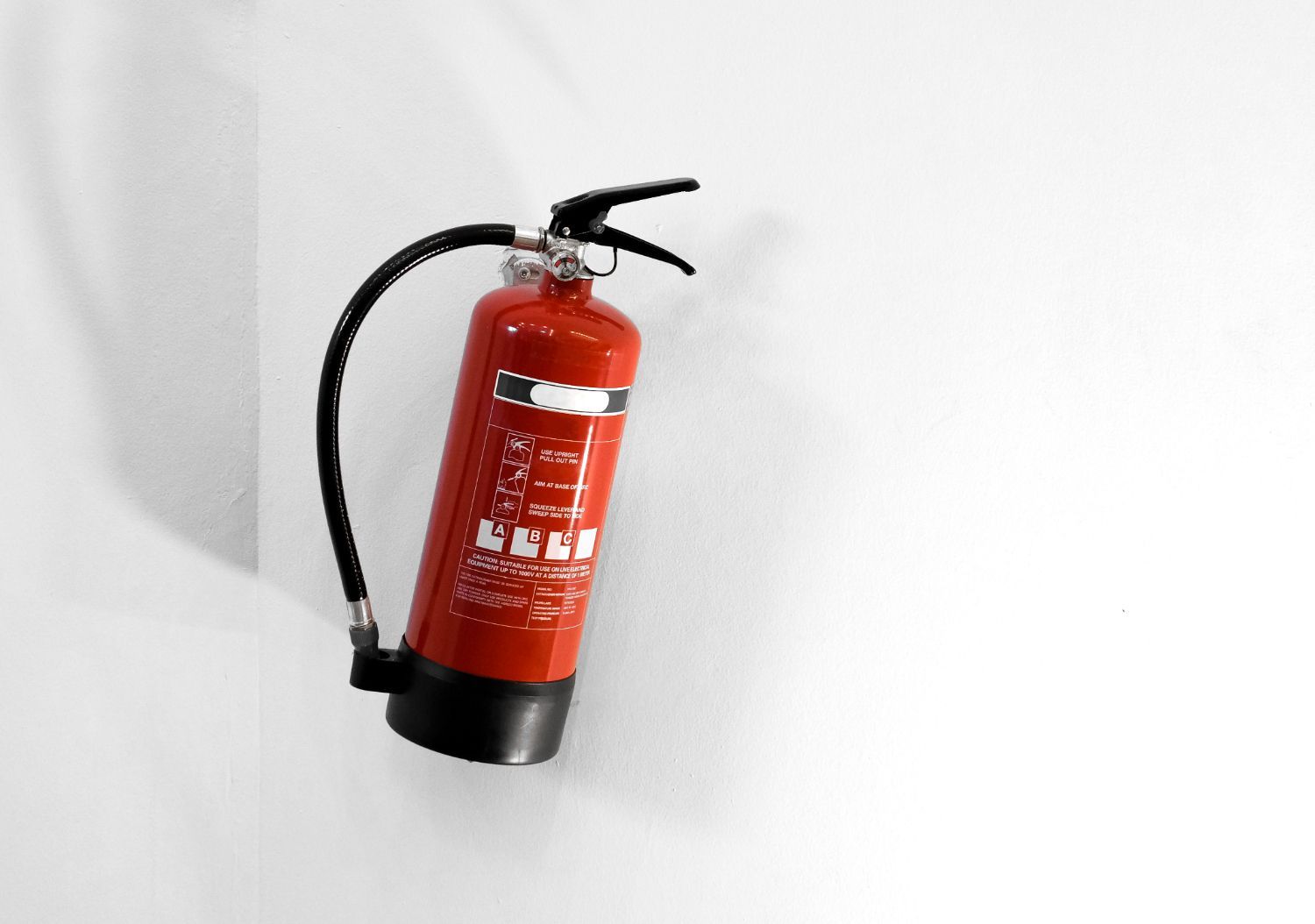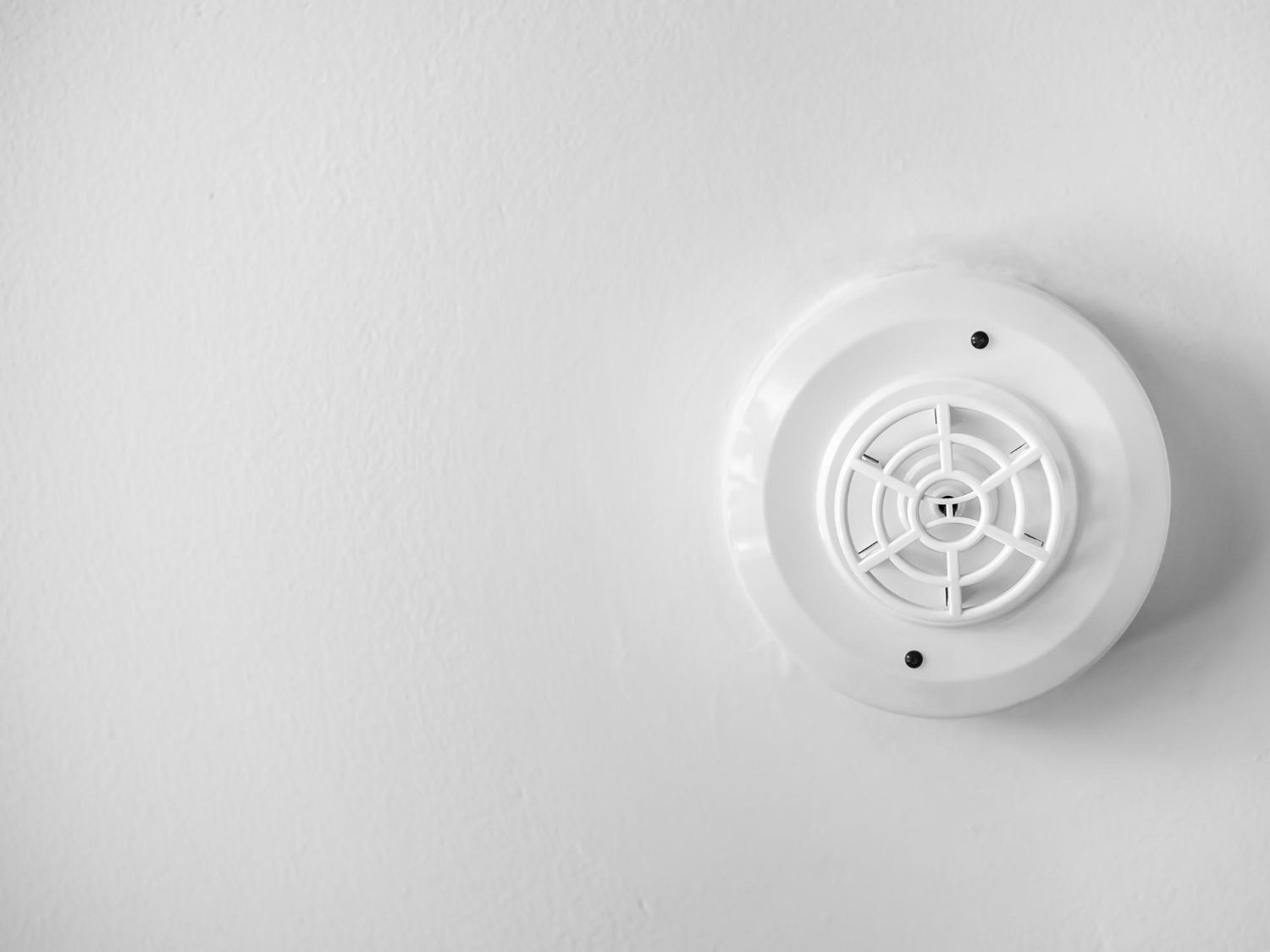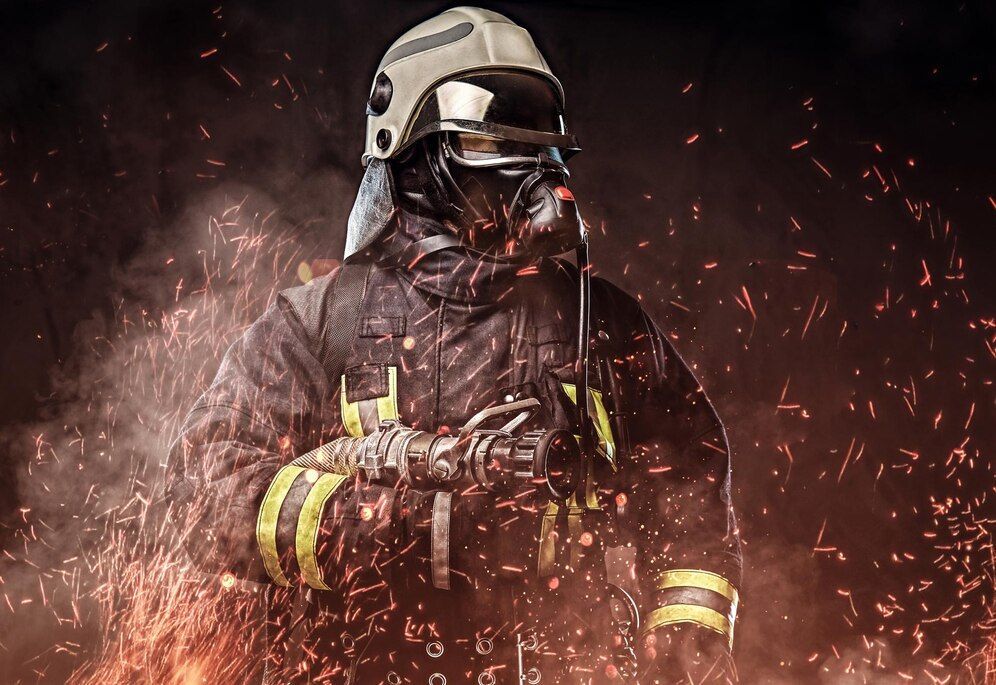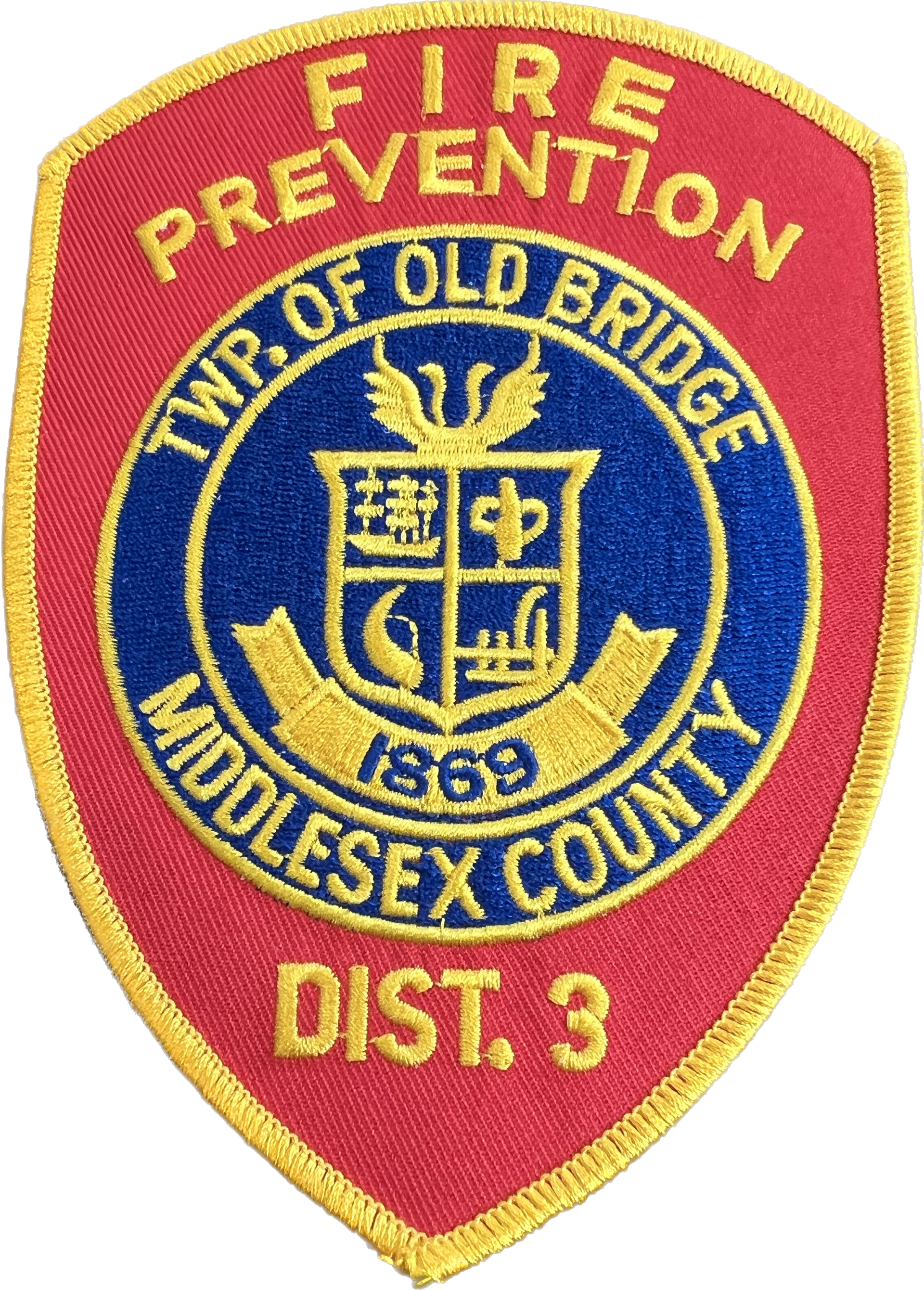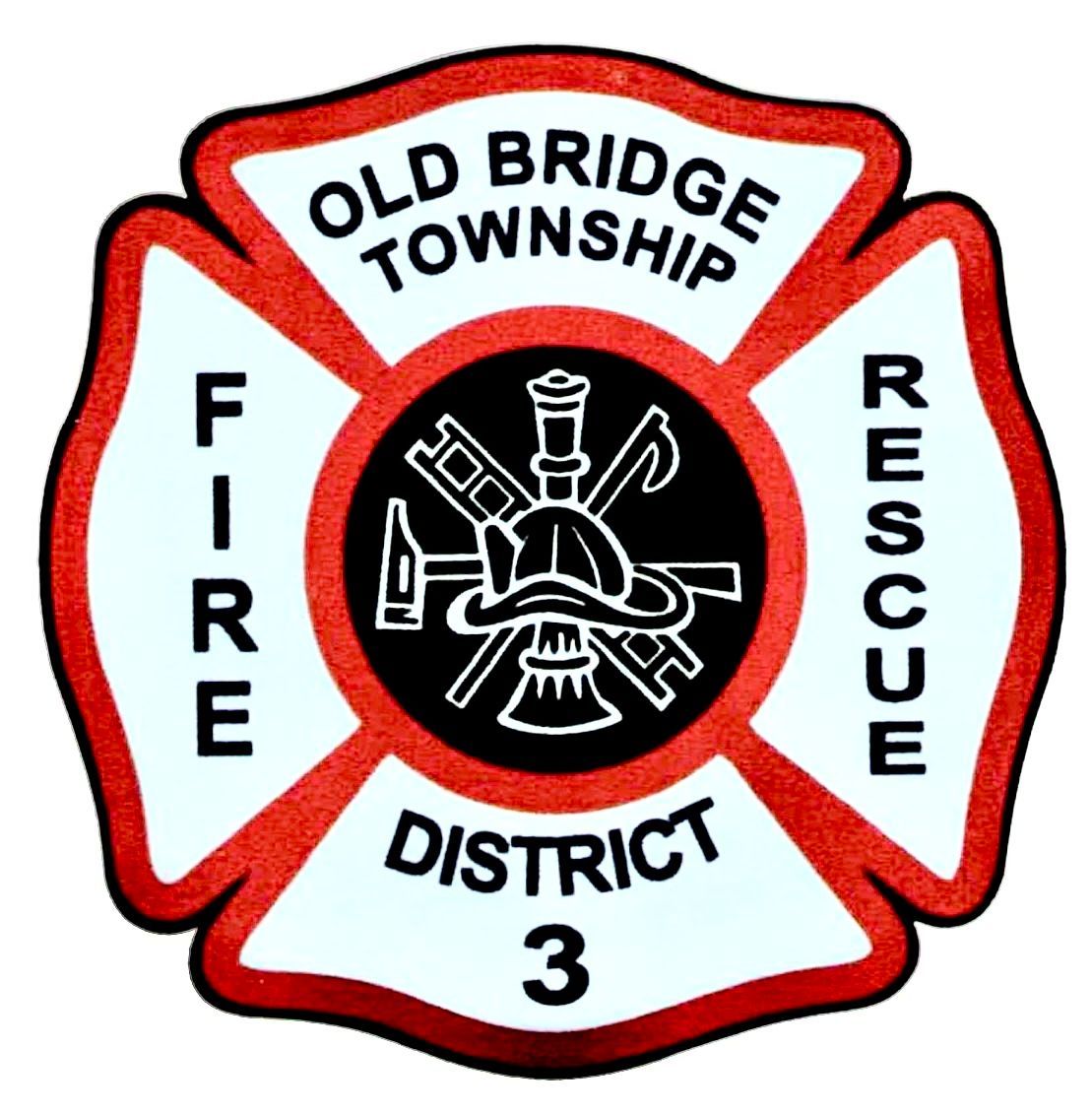Fire Safety Glossary: Essential Terms Every Resident of Fire District 3 Should Know

A solid foundation of fire safety knowledge is crucial for ensuring the well-being of your home, family, and community. Familiarity with essential fire safety terms and concepts empowers residents to make informed decisions about fire prevention, detection, and response. By equipping yourself with this critical information, you become an integral part of promoting a safer environment for everyone in Fire District 3.
In this comprehensive fire safety glossary, we will cover important terms and definitions that are fundamental to understanding fire safety practices and procedures. Our goal is to make it easy for you to become well-versed in fire safety concepts and help you better navigate and apply fire safety information in your daily life.
Whether you're a new homeowner or a long-time resident, this fire safety glossary serves as a valuable resource for reinforcing your existing knowledge or learning the essentials of fire prevention, protection, and response. Let's work together to create a more informed and fire-safe community.
1. Fundamentals of Fire Safety
- Fire Triangle: The fire triangle is a concept that represents the three elements necessary for a fire to ignite and sustain: heat, fuel, and oxygen. By removing any of these components, a fire can be extinguished. Proper storage of flammable materials and prompt attention to hazardous situations generating excess heat are critical to fire prevention.
- Fire Extinguisher: A fire extinguisher is a portable device designed to dispense various extinguishing agents, such as water, foam, or powder, to put out small fires. Different fire extinguishers correspond to specific fire classes. Familiarizing yourself with each type and its appropriate usage is essential for effective fire suppression.
- Fire Extinguisher Classes: Fire extinguishers are rated based on their ability to combat specific fire classes: Class A (ordinary combustibles), Class B (flammable liquids), Class C (electrical equipment), Class D (flammable metals), and Class K (cooking oils and fats).
- Fire Hose: A fire hose is a flexible, durable tube that firefighters use to convey water or fire-extinguishing foam under pressure to larger fires. Fire hoses provide rapid response in emergencies and work in conjunction with other firefighting equipment to control fires.
2. Fire Detection and Alarm Systems
- Smoke Alarm: A smoke alarm is a life-saving device that detects smoke and issues an audible warning signal. Installing smoke alarms in every bedroom, outside each sleeping area, and on every level of your home significantly enhances fire safety. Regular testing and battery replacement are essential for maintaining these devices.
- Heat Detector: A heat detector is a fire detection device triggered when the ambient temperature reaches a predetermined threshold, typically indicating a fire. Areas prone to steam, smoke, or dust make ideal locations for heat detectors, as smoke alarms in these places might give false alarms.
- Carbon Monoxide (CO) Detector: CO detectors are crucial safety devices that detect the presence of carbon monoxide, an odorless, colorless, and poisonous gas resulting from incomplete combustion. Installing CO detectors near fuel-burning appliances, such as furnaces and water heaters, can save lives.
- Fire Alarm Control Panel (FACP): The FACP is the central command and monitoring hub of a fire alarm system. It oversees connected alarm and detection devices, collects and displays information about identified fires, and manages communication with external entities, including emergency services.
3. Emergency Preparedness and Evacuation Planning
- Fire Escape Plan: A fire escape plan is a well-conceived strategy directing building occupants to safety in case of fire. It should outline clear exit routes, designate a gathering location outside the building, and provide support for individuals with disabilities or impairments.
- Two-Exit Rule: The two-exit rule mandates that every occupied space within a building have at least two unobstructed escape routes. This provision ensures alternative evacuation paths are available if one is compromised during an emergency, fostering safe and effective evacuation.
- Defensible Space: Defensible space is the area surrounding a building, expressly designed and landscaped to minimize the risk of fire spreading from nearby vegetation. This concept is critical in regions prone to wildfires.
- Fire Drill: A fire drill is a simulated exercise that familiarizes building occupants with emergency procedures, escape routes, and safety protocols. Regularly conducting fire drills significantly improves emergency preparedness and response times.
4. Fire Safety Codes and Regulations Compliance
- National Fire Protection Association (NFPA): The NFPA is an international organization responsible for developing and maintaining fire safety codes and standards, including the widely referenced NFPA 101 Life Safety Code and NFPA 72 National Fire Alarm and Signaling Code.
- Local Fire Codes: Local fire codes are sets of rules and regulations governing construction, occupancy, maintenance, and operation of buildings in specific cities, counties, or states. Compliance with these codes is essential for avoiding penalties and maintaining safe facilities.
- Fire Marshal: A fire marshal is a public official responsible for inspecting buildings and facilities to ensure adherence to fire safety regulations. Their role includes ensuring proper protective measures are in place to prevent fires and safeguard occupants in emergencies.
- Occupancy Classification: Occupancy classification is an assigned category for buildings based on their usage, dictating fire safety requirements like evacuation routes, smoke control systems, and fire-resistant structure. Understanding your building's occupancy classification can help you achieve fire code compliance and maintain a safer environment.
5. Maintenance and Inspection of Fire Safety Equipment
- Regular Inspections: Having fire safety equipment thoroughly inspected and maintained by professionals on a routine basis ensures functionality and compliance with safety standards. This process typically involves testing extinguishers, checking fire alarms and FACP, and assessing fire suppression systems.
- Record-Keeping: Documenting inspection activities and maintenance records for fire safety equipment is vital to mitigate risks and provide proof of compliance. This documentation should include details about the services performed, necessary repairs, and next scheduled inspection dates.
- Fire Suppression System Maintenance: Fire suppression systems, such as sprinklers, should undergo regular checkups to confirm they will activate during an emergency. Maintenance activities may include inspecting control valves, pressure gauges, and sprinkler heads.
Conclusion
Learning and understanding these essential fire safety terms and concepts can significantly improve your ability to grasp crucial fire prevention strategies and make informed choices for protecting your home and loved ones. As you expand your knowledge, utilize local resources like your fire department to discuss any concerns and gain updated guidance on fire safety best practices. By adopting this information, you can create a more secure and resilient living environment for yourself and your neighbors. Connect with Board of Fire Commissioners, Fire District 3, Township of Old Bridge for
fire prevention tips.
